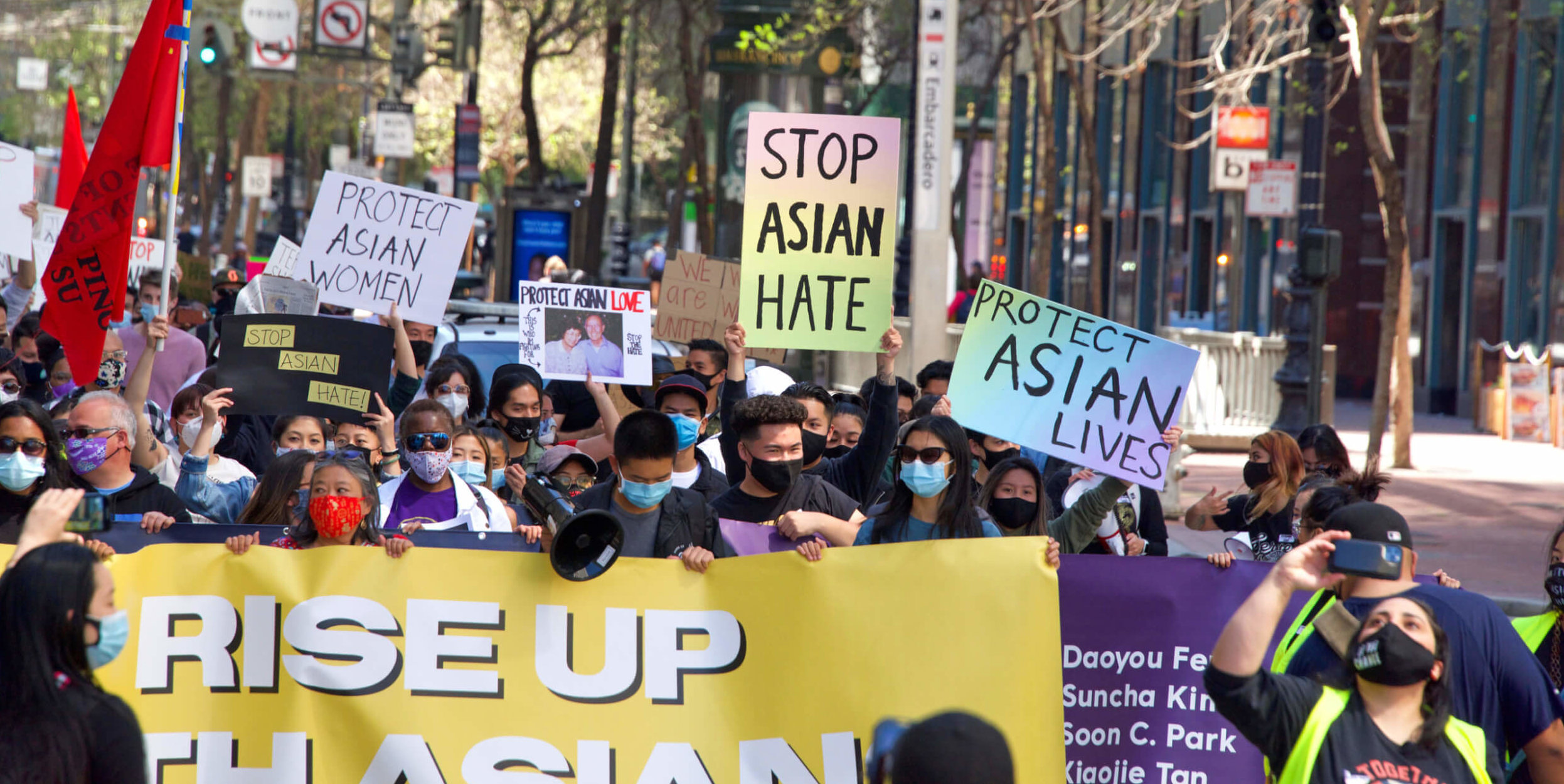In my American History course, CA Sophomores are studying World War II. We have examined the idealistic aims of FDR and Churchill, the evil quality of the Nazi regime, the bravery and courage of American soldiers, and also the many contradictions of the war. These include the failure of American policymakers to respond to the Holocaust. The Roosevelt administration turned away Jews fleeing Nazi Germany prior to the war, as well as failed to use Allied airpower to disrupt the genocide of millions of human beings. We also explored the racism that affected the experience of African Americans and Japanese Americans.
One resource I shared is a powerful TED Talk by the actor George Takei, titled “Why I Love A Country that Once Betrayed Me.” Takei was five years old when his family was forced to go to a Japanese American internment camp in Arkansas. He describes the barbed wire and machine guns of the camp, as well as the spotlight that was trained on him as he walked to the latrine at night. After watching the video, I asked my class, “Could something like this happen again in America?”
My students immediately saw the connection between the scapegoating of Japanese Americans after Pearl Harbor to the current rise in anti-Asian violence in the wake of the pandemic. In 2020, hate crimes against Asian Americans rose by 150 percent, according to a study of police department statistics by the Center for the Study of Hate and Extremism at California State University, San Bernardino. Data shows that first generation immigrants often underreport acts of discrimination and crimes, leaving many to wonder whether the actual number is even higher.
This rise follows a long, painful history of unfair and discriminatory treatment of our fellow Americans. In the 1880s, Chinese immigration was banned. In 1907, Theodore Roosevelt created a “gentlemen’s agreement” with Japan, in which the Japanese agreed to prevent emigration to the United States in exchange for the U.S. promising not to specifically bar Japanese immigration. In 1924, Congress passed the Asian Exclusion Act, which effectively barred all Asians, and contributed to the breakdown of relations with Japan. In 1934, the United States granted the Philippines their independence from being a U.S. territory: a move that had nothing to do with extending freedom, but instead, with curtailing the migration of Filipinos to the U.S. during the Great Depression. These efforts effectively suppressed the size of the Asian American population in the U.S. By 1965, the year of sweeping legislation that removed race from immigration policy, the Asian American population was less than one third of one percent of the American population. The 1965 Immigration Act was transformative. According to one source, “As of 2019, there were 14.1 million immigrants from Asia residing in the United States, representing a 29-fold increase from 1960….”
We must also remember the role that WWII, Korea, and Vietnam had in shaping American attitudes about Asian Americans. To be sure, I am not an apologist for Japanese war crimes during WWII. Any reading about the Pacific Theater of Operations confirms that the Japanese Empire’s treatment of the people of China, Manchuria, Korea, the Philippines, and Vietnam features crimes against humanity. But, American propaganda seized on racist caricatures and planted those in the popular culture. The internment camps were the result of baseless fears of possible Japanese espionage. Subsequent U.S. involvement in Korea and South Vietnam perpetuated stereotypes, and American military policy worked to dehumanize Asians. The presence of U.S. servicemen stationed in Japan, Korea, Vietnam, and Thailand created booming sex industries in all those nations. Going back to the late 19th century, when Chinese immigration was associated with prostitution, the post-WWII reality continued the pernicious tradition of sexualizing, objectifying, and fetishizing Asian women. This, in turn, has led to violence and death.
The scapegoating of Asians for causing the coronavirus has reminded us of this ugly history, and it’s important that we confront it as a nation. And the recent killing of Asian women in Atlanta spotlighted a disgraceful treatment of women and minorities, and again, a new wave of anti-Asian violence has put more lives at risk. If you are interested in what you can do proactively, please check out these resources: What you can do to fight violence and racism against Asian Americans and Donating, volunteering, reporting hate incidents: Here’s how to help combat anti-Asian violence.
If you listen to George Takei’s TED Talk, I hope you can appreciate his ability to be critical of the past, but be hopeful in the American dream. In his speech, he affirms that our nation has the potential to be great, and the importance of a functional democracy in that interest. He shares the story of the 442nd Infantry Division, a unit composed of second-generation Japanese Americans. They served in Italy and were the most highly decorated unit of WWII. They came directly from the internment camps to serve the nation that had imprisoned them. They fought with valor and courage to prove their equality. No group of American citizens should have to fight in a war to prove their equality to others. I encourage you to sit down as a family and share these resources and talk about how we are a better nation when we embrace inclusivity and support all the diverse communities that make this nation great.
